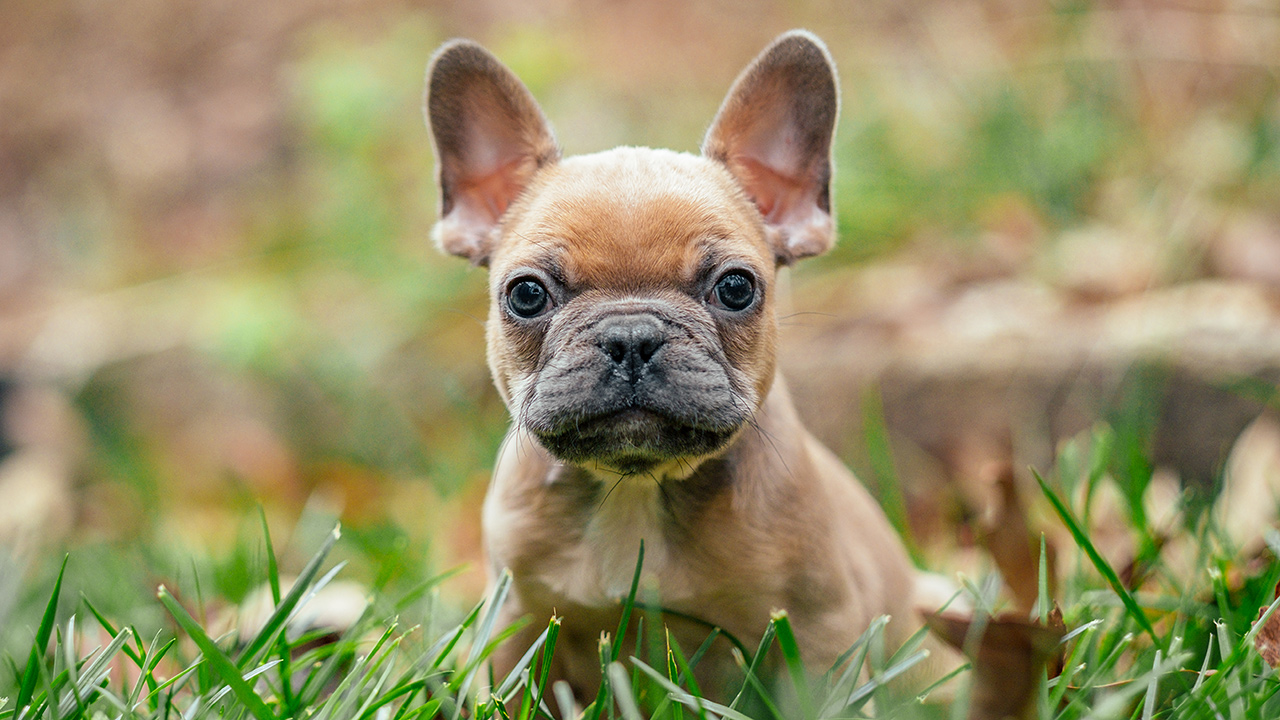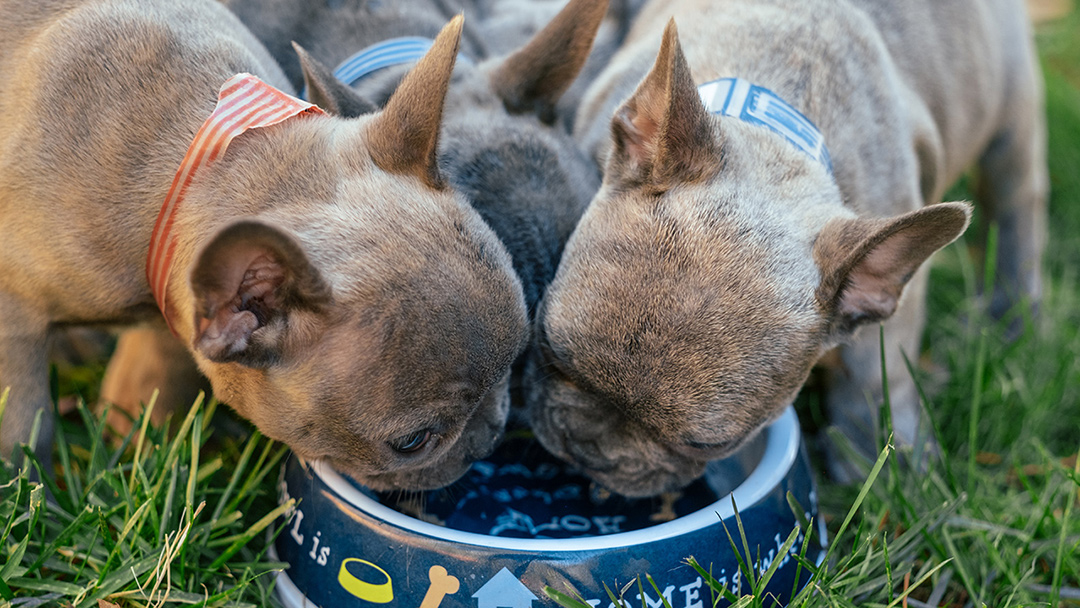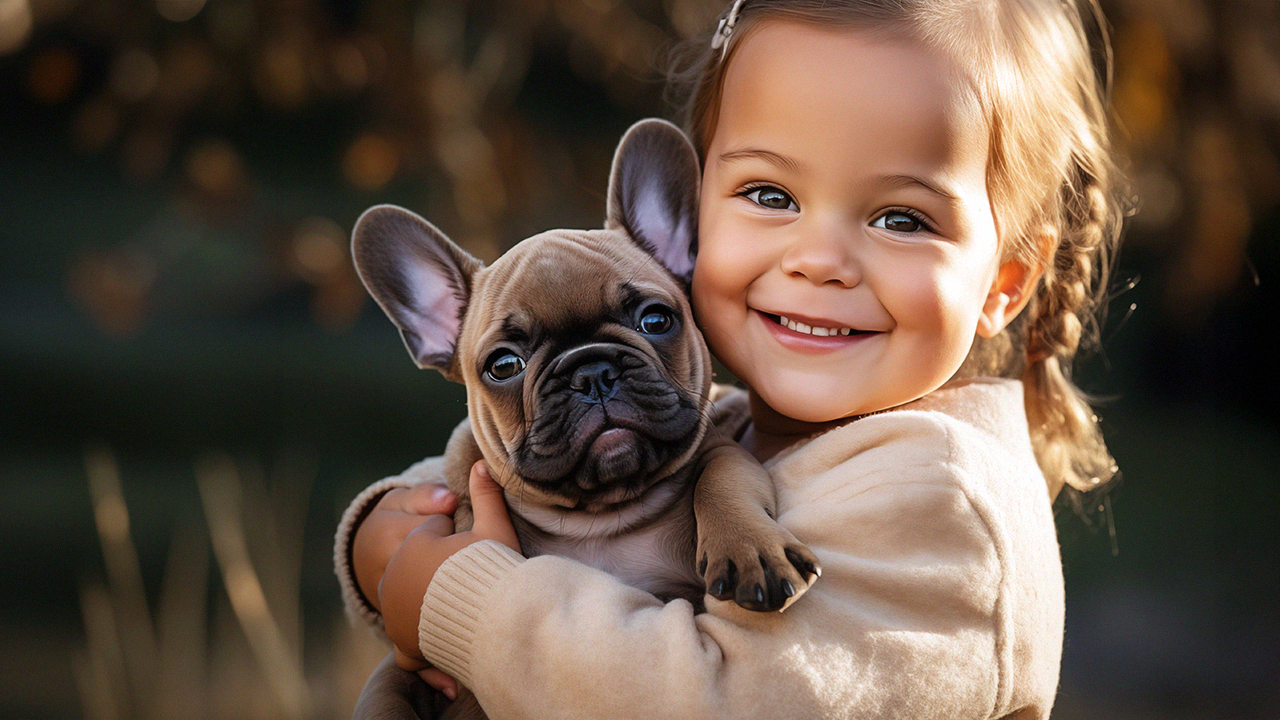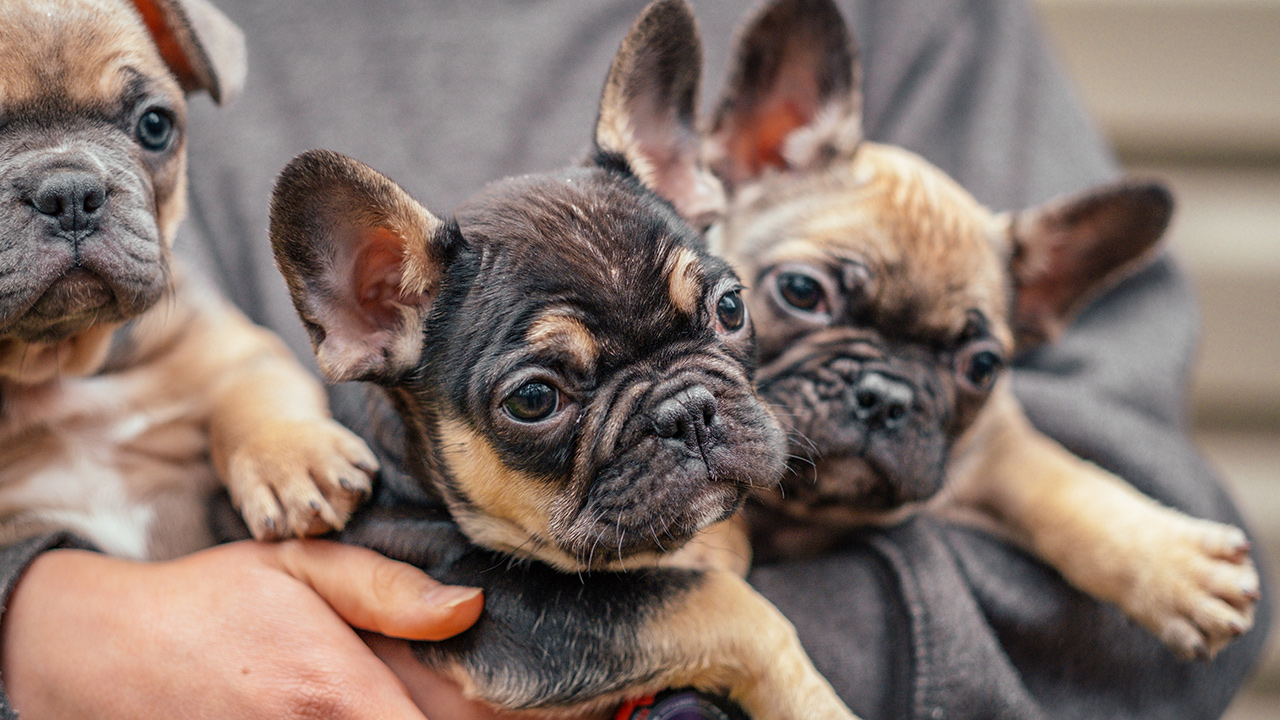
4 Easy Steps to Frenchton Crate Training: Introduce the Crate the Right Way
Frenchton crate training is one of the most important processes you can work on with your special friend!
Your Frenchton’s crate should become your dog’s personal den where he/she finds peace and solitude. This will only happen if you introduce it the right way—positively. While this may seem like a lot of work at the beginning, rest assured that it will most certainly pay off. In the end, it will provide comfort for the dog, and peace of mind for you—knowing your family member is safe, secure, and not shredding your house while you’re gone.
Recently there has been a stigma against crating your dog. Some of the reasons cited is that it is unnatural and inhumane. What most people don’t realize is that a dog’s natural instincts is to retreat into a den-like home where it sleeps, takes refuge, and raises a family. However, there are some owners that mistreat the intended use of a crate. We genuinely hope that you recognize the incredible responsibility you have as a dog-owner.
Benefits of Frenchton Crate Training
There are several benefits to Frenchton crate training. Some of the benefits include (and are not limited to):
- House-training. Dogs don’t like to soil their dens. You can use this to train them when/where to go.
- Creating boundaries. The crate can limit access to the rest of the house while he learns other house rules. This will reduce their ability to participate in destructive or nuisance behaviors.
- Transportation. Crates are a safe way to bring your dog with you to places like the veterinarian and groomer.
After training is thoroughly complete, your puppy should be comfortable in a crate and hopefully enjoy spending time there.
Selecting a Crate
While there are several types of crates available (plastic, fabric, metal), we recommend training in a collapsible metal crate. Metal is preferable over plastic, because it is easier to clean and allows your puppy to watch everything going on around her. Check out our shopping list to see what Crockett Pups uses and recommends for our dogs.
We recommend you get a crate that will fit your puppy when it’s an adult. The rule of thumb is to add approximately 4 inches to the overall length and height of your grown dog to get the length and height of the crate.
If the crate is initially too big for your puppy, get a crate divider or make one of your own. This will prevent your Frenchton from eliminating in one end and retreating to the other. You can move the divider as the puppy grows.
The Frenchton Crate Training Process
It is important to start the Frenchton crate training process early, while the puppy is still developing habits and learning the house rules. Crate training can take days or weeks, depending on your Frenchton’s age, temperament, and past experiences. It’s important to keep two things in mind while crate training:
- The crate should always be associated with something pleasant.
- Training should take place in a series of small steps. Please take your time and don’t go too fast, for your sake and the puppy’s.
“The crate should always be associated with something pleasant.”
Step 1: Introduce the Crate Slowly.
First things first, make sure you place the crate in the center of the house, or where the family spends a lot of time. That way your puppy won’t feel like he is being isolated or banished. We find that it’s helpful to put toys or a soft blanket in the crate.
This is when patience comes in. Don’t force your puppy in the crate. Some puppies will naturally be curious and explore the crate right away. If this is not the case for you, we recommend placing a toy or treat near the crate, depending on whichever your puppy prefers over the other. Gradually place treats closer to the crate, right at the entrance, and finally inside the crate.
At no point during this step should you force the puppy inside the crate or close the crate door. This step may take a few minutes or possibly as long as several days.
Step 2: Feed Your Dog in the Crate.
After your Frenchton is familiar with his crate, place his/her food bowl near the crate. That way, your dog will begin to associate the crate with pleasant experiences. Depending on how fast your dog readily enters the crate at this point, you can start putting the bowl in the crate itself or scatter some food inside. Because animals don’t want to go potty where they eat or sleep, this step also teaches them to hold it. If your dog is still reluctant to enter the crate, put the food bowl as far as the dog is willing to go, gradually increasing the depth each meal.
Once your Frenchton is comfortable with the crate, you can close the door while your dog is eating so he/she gets used to it. However, especially the first time, make sure that you open the door again as soon as he’s finished. Gradually increase the length of time after the meal is finished before you open the door again, up to 10 minutes. If done right, your Frenchton shouldn’t whine because he/she is used to the crate by now.
However, if your puppy starts to whine to be let out, it’s probably because you’ve increase the time too much. It is better to let him out when he’s still comfortable. Don’t wait until he realizes he wants to be let out and makes a fuss. Remember, it’s important to associate the crate with happy feelings. If your puppy does whine, don’t let him out until he stops or you risk unwillingly teaching him to whine to get what he wants.
Step 3: Lengthen the Crating Periods.
Because the long-term goal of crating training is for your dog to find peace and security in the crate, you’ll need to get your dog used to the crate while you’re gone. At this point, your dog has experienced the crate positively with family close by. Now you need to begin withdrawing from the room or out of sight while he’s relaxing or playing in his crate (Note: not entirely from the house just yet). Make sure to keep the separation time short initially; As he gets more used to it, you can extend that time.
I find it helpful to start associating the crate with a command, such as “kennel”. The best way to do this is to give a treat and praise him when he enters the crate upon command. Keep your dog entertained in the meantime with a toy or chew, particularly a puzzle. Bored dogs tend to get destructive.
Once your dog will stay quietly (aka not whining) in the crate for about 30 minutes with you mostly out of sight, you can transition into the next step. This might take several days or weeks.
Step 4: Crate your Dog When You Leave or at Night.
After your Frenchton can spend about 30 minutes in the crate without becoming anxious or afraid, you can begin leaving him crated for short periods when you leave the house. Your departures should be short and undramatic— Praise your dog for entering the crate, give him a treat, and then leave quietly. When you get back home, don’t respond to your dog in an enthusiastic way to avoid increasing anxiety for your return.
At night, put your Frenchton in the crate using your regular command and a treat. Initially, it would be a good idea to put the crate near your bedroom. Often puppies need to go outside in the middle of the night, and you’ll want to close enough to hear your puppy when he whines. Once your dog is sleeping comfortably through the night with his crate near you, you can gradually move it to a more preferable location. Remember, any time spent with your dog is a chance to strengthen the bond between you and your pet.
“Typically we have found that puppies can “hold it” half the number of hours of weeks old they are. So a 6 week old puppy is going potty every three hours; a 8 week old puppy every 4 hours, a 10 week old puppy every 5 hours, etc.”
Possible Issues to Note:
- Never use the crate as a punishment. Your Frenchton will come to fear it and refuse to enter it.
- Don’t leave your dog in the crate too long. A dog that’s crated day and night doesn’t get enough exercise or human interaction and can become depressed or anxious. In addition, puppies under six months of age shouldn’t be in a crate for more than 3 or 4 hours at a time, because they can’t hold it for that long.
- Make sure you don’t reward bad behavior. For instance, if your Frenchton whines or cries, it might be due to wanting to be out of the crate, or because he needs to go outside to eliminate. You should never reward whining; Instead, you should wait until he stops. Don’t pound on the crate or yell at your dog to make them stop. Ask the command you use for going outside and if he gets excited, let him out only for that purpose.
- The crate is not a remedy for separation anxiety. The Humane Society of the United States notes “A crate may prevent your dog from being destructive, but he may injure himself in an attempt to escape from the crate. Separation anxiety problems can only be resolved with counter-conditioning and desensitization procedures. You may want to consult a professional animal-behavior specialist for help.”(1)
(1) From the Humane Society of the United States web article: Crate Training 101



